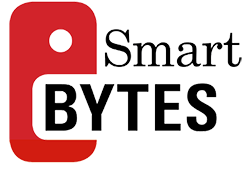Finding the Right Camp for A First-Timer
April 15, 2024

Nothing like a global pandemic to shake things up.
For years school districts have utilized technology for record-keeping, administrative purposes, and managing operations, but tech use to benefit students directly had been sporadic, optional, and too often limited to districts with the greatest resources.
All that changed when COVID-19 shut schools down, forcing technology to become the rule rather than the exception for learning as well as communicating with families. According to an Education Week Special Report, that unintended experiment opened the door to technology use that is now here to stay:
A slew of technology tools have taken root inside public schools during the COVID-19 pandemic. The result is shifts in how educators and administrators conduct meetings, provide mental health supports, and check to see if their students understand new math concepts.
Based on research over a two-year period, the EdWeek report found that nearly two-thirds of educators (teachers, principals, and district leaders) are now more willing “to use technology with their students.”
Thanks to $109 billion allocated by Congress to put computers in the hands of more kids and improve connectivity, the ed-tech playing field is more level than it’s ever been, allowing for enhanced learning opportunities in and out of the classroom.
In addition, the report highlights three areas where technology use will likely continue:
There’s little about the global pandemic that can be considered a silver lining—except maybe the growing embrace of ed-tech among educators, families, and kids.